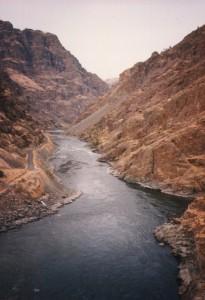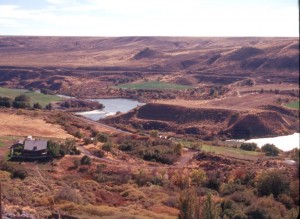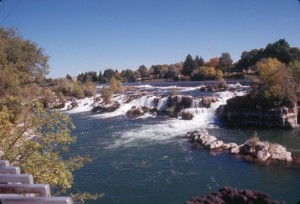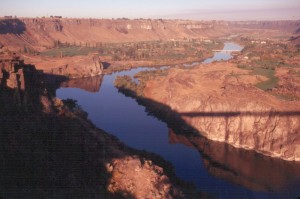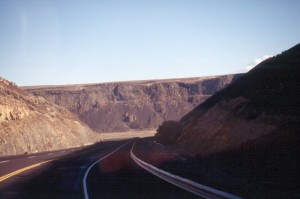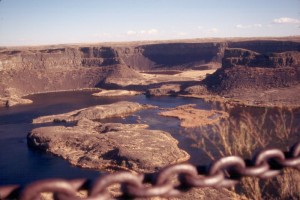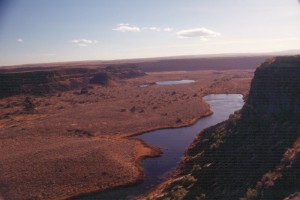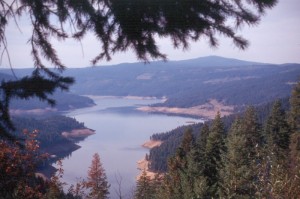Gold in the Yukon! Those words echoed around the world and like a magnet they attracted people by the thousands. Of the approximately 100,000 who set off for the Yukon, only a puny 25,000 made it. Some of the dreamers were miners, others were people in other walks of life who suddenly saw a pot of riches at the end of a rainbow.
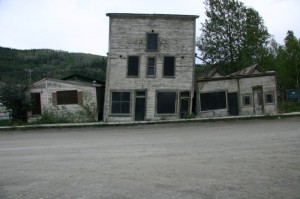
Many of the potential miners, called Stampeders, took a ship up the west coast to Skagway, Alaska, and then hiked up the 50 kilometre Chilcoot Trail. This was not a route for the faint hearted. It consisted of a perilous climb over Chilcoot Pass to Bennett Lake.
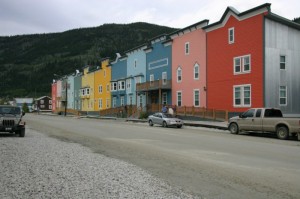
The Canadian government required miners to have about 1 tonne of supplies before they could enter Canada. Since the climb was too steep for horses, they had to pack the material to the top on their backs. Some 3000 horses and other pack animals died, leaving their bones to litter the canyon floor below. Stampeders left items they didn’t need along the trail realizing that they had purchased more than they could carry.
Frequently this trip was done in the winter and once they reached Bennett Lake, they spent the winter cutting timber to build boats and rafts to complete the next 500 miles on the Yukon River and reach Dawson City. Many died when their makeshift rafts and boats disintegrated in the turbulent rapids.
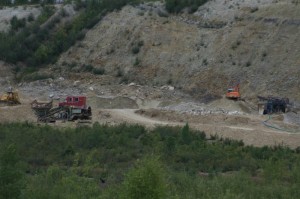
Some people travelled on a trip that took over a year going across the rugged country north of Edmonton. Yet, no matter how they travelled, there was no easy access to the Yukon in 1897.
Life wasn’t easy when they finally reached Dawson City either. Gold was not sitting around just waiting to be picked up. The easy sites had already been staked when these late comers got there. If a person were lucky he might find a job shoveling gravel for someone else, or in constructing buildings for the miners. Jobs were scarce and when their supplies ran out these new arrivals became hungry and depressed, and they returned to where they had come from in droves.
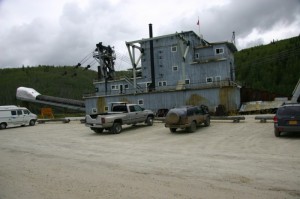
When you visit Dawson City you can drive to the gold fields. In fact you don’t have to go far before you begin to see the damage to the streams caused by the mining dredges when they took over.
Happy RVing
![Massacre Rocks Park 19-14 [800x600]](http://blog.stonesstravelguides.com/wp-content/uploads/2013/04/19-14-800x600-300x191.jpg)
